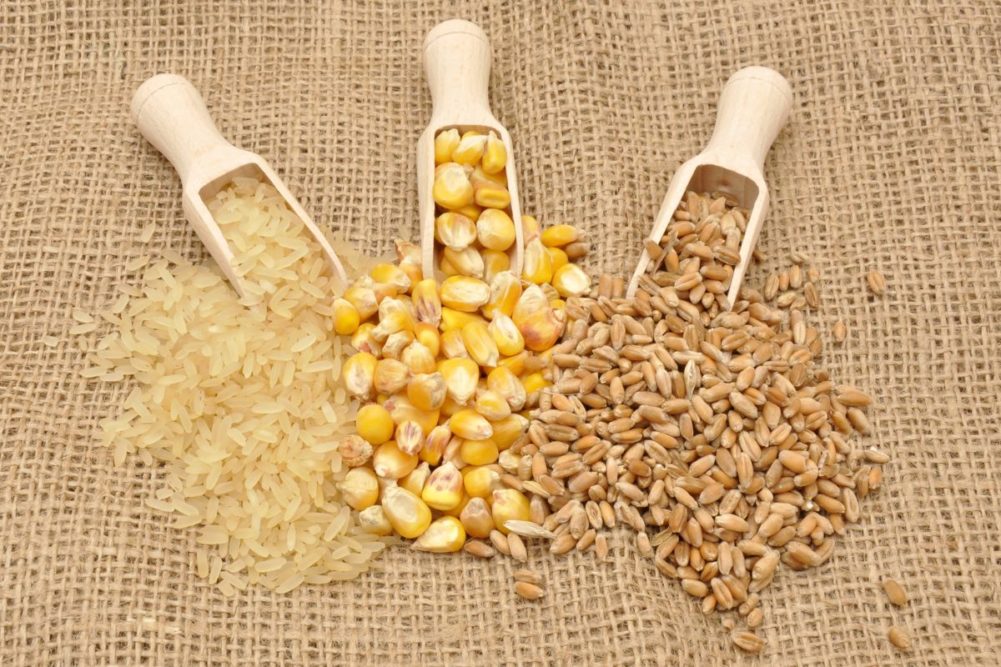ROME, ITALY — The United Nations’ Food and Agricultural Organization (FAO) in its latest supply and demand brief estimated a slight increase in global cereal production in 2022-23 to 2.815 billion tonnes, which would be on par with the record output realized in 2020-21.
Corn production is projected to increase by 2.7% to a record level of 1.215 billion tonnes in 2022-23, buoyed by strong yields in Brazil and Ukraine, more than offsetting production cuts made for the United States and the European Union.
Wheat output, on the other hand, is seen declining by 2.6% from the previous marketing year to 781.1 million tonnes, but it would still be the second largest outturn on record.
The FAO said the downward revisions that have been made to wheat production forecasts for Canada and the European Union, due to continuing dry-weather conditions that curtailed yields, accounted for much of this month’s decrease. The wheat production forecast for China was also scaled down, albeit by a smaller margin, as heavy rains in key producing regions downgraded yield prospects. Offsetting some of these reductions, production forecasts were raised for the United States, where updated survey data indicated a larger spring wheat area, as well as for India and Ukraine, reflecting recent government data indicating higher-than-previously anticipated yields.
Despite a slight downward revision since July, world rice output in 2023-24 is still seen recovering by 1.1% from the previous season to 523.2 million tonnes, according to the FAO.
The FAO noted that world rice stocks are forecast to reach an all-time high of 198.1 million tonnes, driven up by India, which together with China are estimated to hold nearly three quarters of this volume, like in previous seasons. Aggregate rice reserves held by the rest of countries are seen ending the year with a second successive contraction to a four-year low pegged at of 51.4 million tonnes.
World cereal utilization in the season ahead is forecast at 2.807 billion tonnes, 0.8% above the 2022-23 level.
World cereal stocks at the close of the 2023-24 marketing seasons are predicted to stand at 878 million tonnes, a 2.2% annual increase, pointing to a world stocks-to-use ratio for cereals of 30.5%, which the FAO deems an “overall comfortable global supply level from a historical perspective.”
The FAO lowered its forecast for world trade in cereals in 2023-24 to 466 million tonnes, a 1.7% drop from the previous marketing season. Traded volumes of wheat and corn are predicted to decline for a variety of reasons, including falling exports by Ukraine due to trade disruptions associated with the ongoing war.






